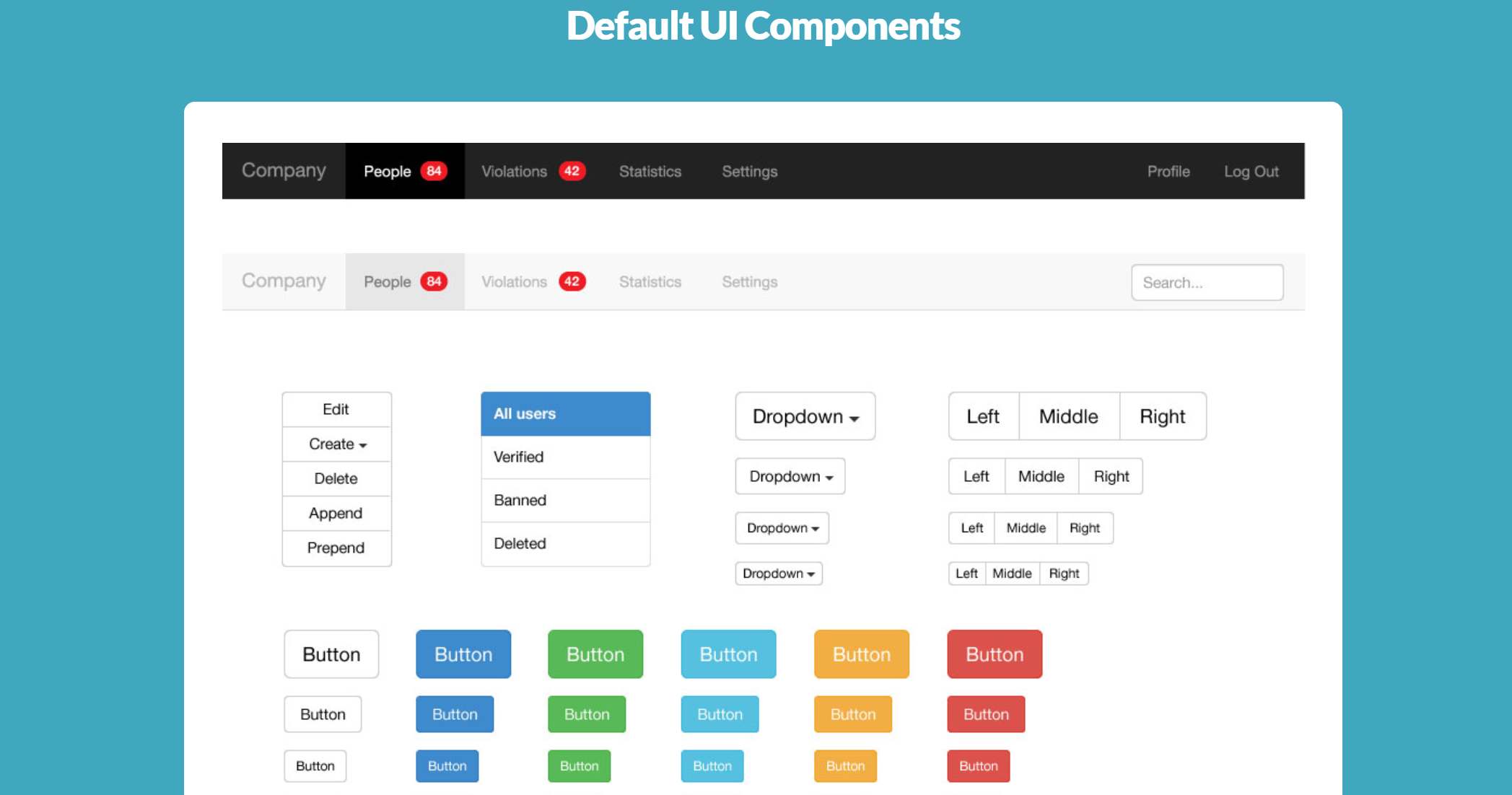

- BOOTSTRAP BUILDER WITH PROPER SCHEMA ATTRIBUTES HOW TO
- BOOTSTRAP BUILDER WITH PROPER SCHEMA ATTRIBUTES CODE
Once there, create your first schema (ex: admin, v1), set all its related configurations at once (form inputs are organized within different tabs) then click on the created schema to get into its view page and start adding entities (ex: user, book). Also note that it is not required to name the module builder you can use schema-builder or any other name you like. or depending on your app routing configurations.

Otherwise, you can add this extension to your template of choice through composer by either running In case you are starting new build based in the official advanced template to either create WEB or REST app then you may check tunecino/yii2-app-builder which is a fork of the advanced template to which I have added and configured this extension.
BOOTSTRAP BUILDER WITH PROPER SCHEMA ATTRIBUTES CODE
So it will literally destroy your DATABASE plus any existing code found on its way. Its default Gii console commands are labeled by -interactive=0 and -overwrite=1 flags. If Gii UI has the decency to ask before overriding stuff, this extension won't. This extension is meant to be used with new creations only. Those commands should do stuff like cleaning DB, create and execute migrations, use Gii to generate models, CRUDs. A list of console commands dynamically generated based on the prototype and executed in terminal.A user interface like a workbench tool to quickly prototype application schema (entities,attributes,relations.).None defaults to the catalog ID of the calling account in the service.GUI built on top of Gii, migration tool, and other extensions to quickly prototype and generate working apps. Used in the manifest file path.Ĭatalog_id – The catalog ID of the Data Catalog being accessed (the account ID of the Data Catalog). Transformation_ctx – The transformation context to use (optional). RoleArn – The AWS role to run the transition transform. That were successfully transitioned are recorded in Success.csv, andĪccountId – The Amazon Web Services account ID to run the transition transform. ManifestFilePath – An optional path for manifest file generation. Set toĮxcludeStorageClasses – Files with storage class in the excludeStorageClasses set are not transitioned. PartitionPredicate – Partitions satisfying this predicate are transitioned.įiles within the retention period in these partitions are not transitioned. RetentionPeriod – Specifies a period in number of hours to retain files.įiles newer than the retention period are retained. Options – Options to filter files to be deleted and for manifest file generation. Table_name – The name of the table to use.

Noneĭefaults to the catalog ID of the calling account in the service.
BOOTSTRAP BUILDER WITH PROPER SCHEMA ATTRIBUTES HOW TO
For more informationĪbout how to recover deleted objects in a version-enabled bucket, see How can I retrieve an Amazon S3 object that was deleted? in the AWS SupportĬatalog_id – The catalog ID of the Data Catalog being accessed (theĪccount ID of the Data Catalog). When an object is deleted from a bucket thatĭoesn't have object versioning enabled, the object can't be recovered. If you want to be able to recover deleted objects, you can turn on object If all files inĪ partition are deleted, that partition is also deleted from the catalog. Create_dynamic_frame_from_catalog(database, table_name, redshift_tmp_dir, transformation_ctx = "", push_down_predicate= "", additional_options = ,ĭeletes files from Amazon S3 for the specified catalog's database and table.


 0 kommentar(er)
0 kommentar(er)
